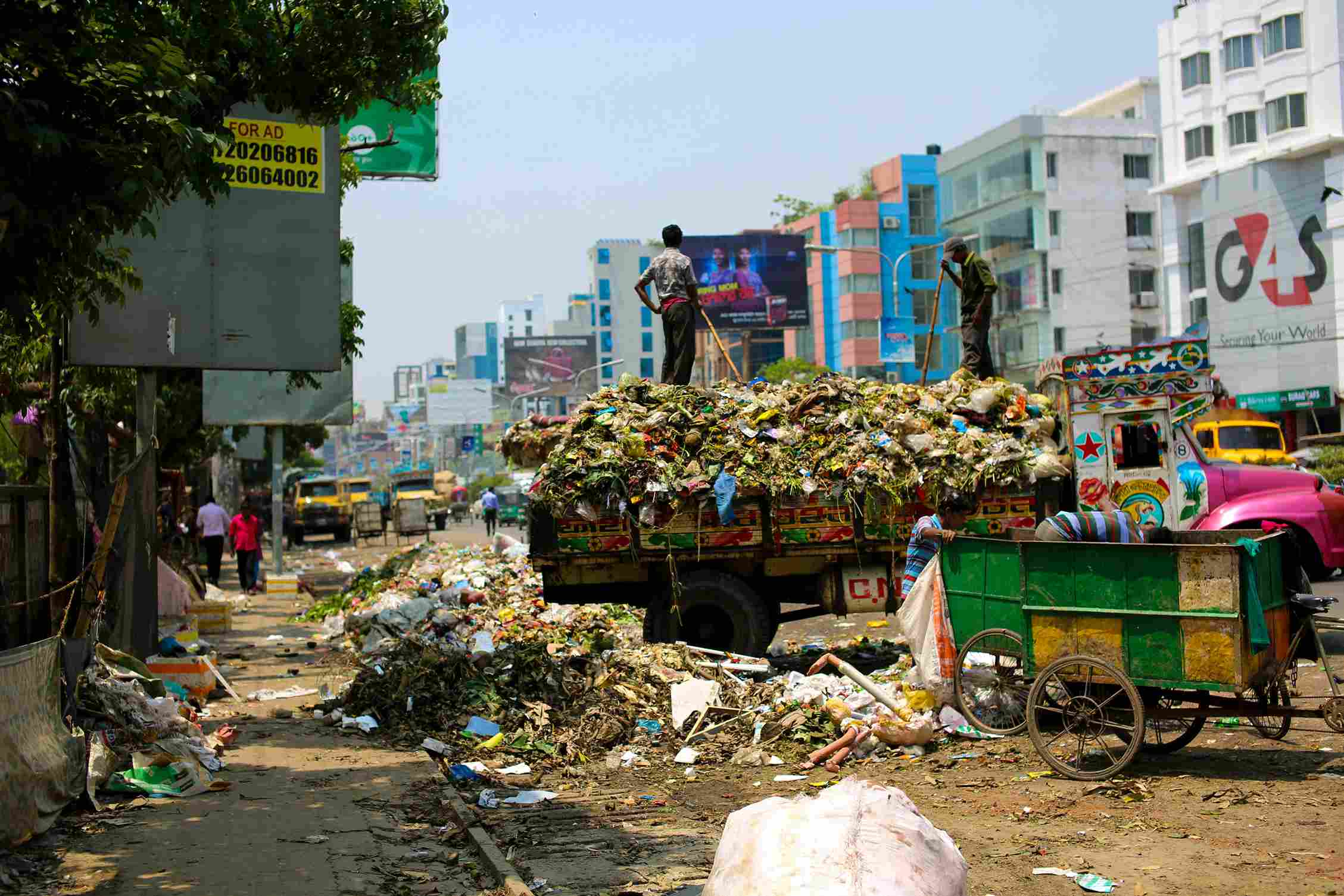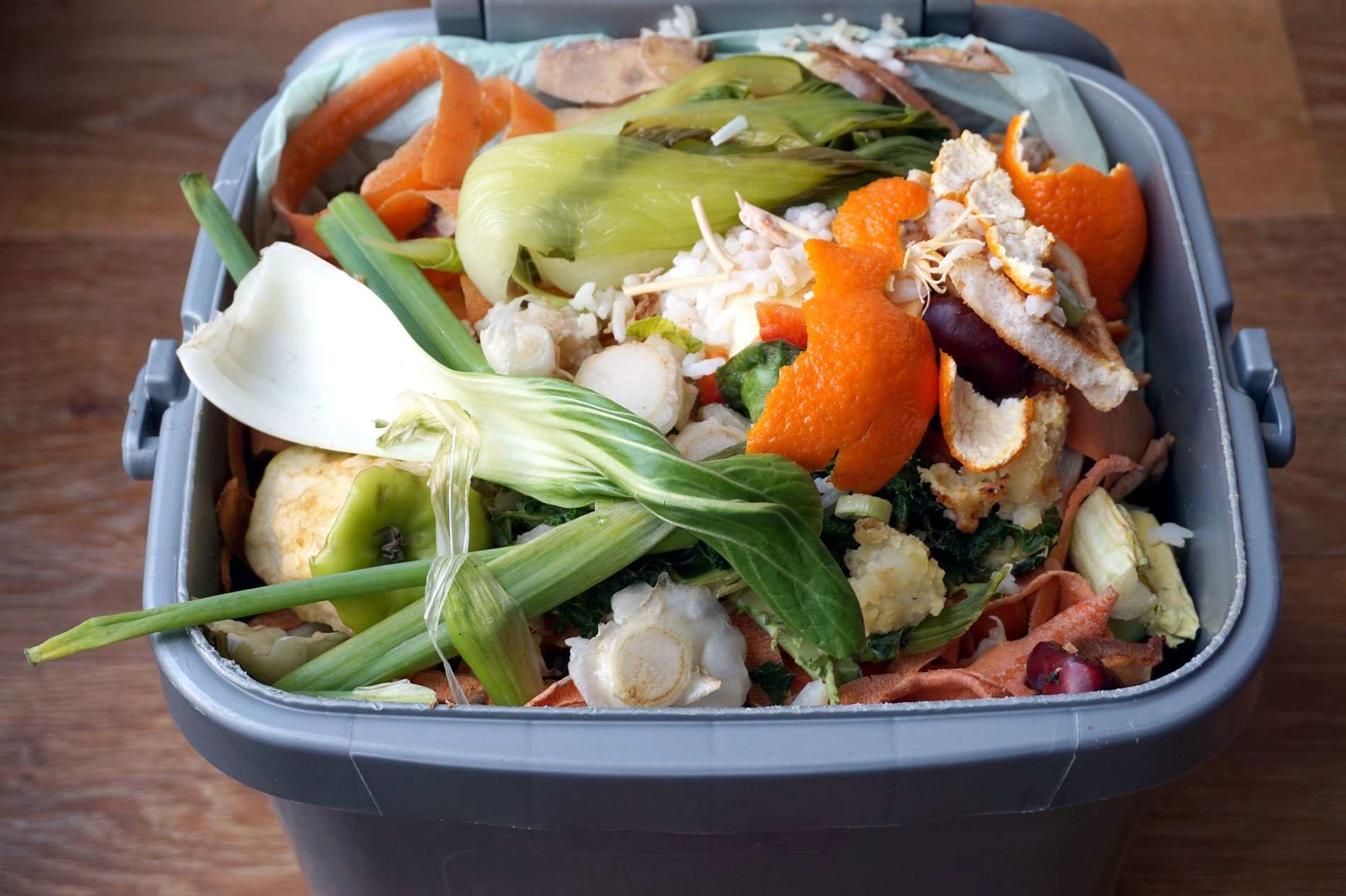What Happens When You Don’t Segregate Kitchen Waste? A Reality Check
Every time you scrape your plate into the dustbin without a second thought, a silent journey begins — one that many of us never see but one that deeply shapes the environment we live in. In cities and towns across India, the simple act of not segregating your kitchen waste spirals into an environmental and human crisis we can no longer ignore.
Let’s follow the journey of your waste — and understand why where it ends up matters more than ever.
The overflowing problem: setting the stage
India generates approximately 62 million tonnes of municipal solid waste (MSW) annually, with about 50–60 percent comprising biodegradable kitchen waste such as food scraps, peels and leftovers. Despite this, in major cities like Delhi, Mumbai and Bengaluru, over 70 percent of households dispose of kitchen waste mixed with plastics, glass and other dry waste.
 Due to the lack of organic waste segregation, all types of waste end up being sent to landfills. Credit: Pexels
Due to the lack of organic waste segregation, all types of waste end up being sent to landfills. Credit: Pexels
This practice leads to organic waste being sent to massive landfills instead of being composted. Sites like Ghazipur in Delhi, Deonar in Mumbai and Bellahalli in Bengaluru have become towering mountains of trash, some reaching heights equivalent to a 15-storey building. These landfills pose significant environmental and health risks.
The journey of your unsegregated waste
Step 1: Mixed at source
When food scraps are discarded alongside plastic wrappers and other non-biodegradable items, the organic waste becomes unsuitable for composting.
Step 2: Dumped in landfills
Sanitation workers, often overburdened, find it challenging to sort mixed waste. Consequently, most of it ends up in landfills. For instance, the Ghazipur landfill in Delhi, which has been operational since 1984, received around 2 000 tonnes of waste daily by 2018 and had accumulated approximately 14 million tonnes of waste, reaching a height of 65 metres. In 2017, a portion of this landfill collapsed, resulting in the deaths of two individuals.
Step 3: Decomposing anaerobically
In landfills, organic waste decomposes without oxygen, producing methane—a greenhouse gas significantly more potent than carbon dioxide over a 20-year period. Delhi’s landfills, including Ghazipur, Bhalswa and Okhla, have been identified as major methane emitters, with satellite data revealing numerous leaks since 2020.
Step 4: Leachate contamination
Decomposing waste generates leachate, a toxic liquid that can seep into the soil and contaminate groundwater. A 2022 study found that groundwater near Delhi’s Bhalswa landfill was unfit for consumption due to high levels of heavy metals and other contaminants.
Step 5: Burning waste — doubling the damage
To manage the growing waste, some landfill sites resort to burning, releasing toxic pollutants into the air. In 2022, a significant fire at Delhi’s Bhalswa landfill burned for days, severely impacting air quality and posing health risks to residents.
Why kitchen waste is a climate issue
While kitchen waste may seem harmless, when unsegregated, it contributes to urban pollution, groundwater contamination, toxic air and climate change.
 Kitchen waste may seem harmless, but not segregating it is a huge contributor to pollution. Credit: Pexels
Kitchen waste may seem harmless, but not segregating it is a huge contributor to pollution. Credit: Pexels
Proper segregation and composting of kitchen waste can:
- Reduce landfill burden by up to 50 percent.
- Significantly decrease methane emissions.
- Enrich soils naturally, reducing the need for chemical fertilisers.
- Create green jobs in decentralised composting units and waste management systems.
Real-world models: proof it works
Indore, Madhya Pradesh
Indore transformed from a city with waste management challenges to India’s cleanest city for eight consecutive years, as per the Swachh Survekshan rankings. This achievement is attributed to systematic waste management practices, including 100 percent waste segregation, GPS-tracked garbage vans, and converting waste into compost and fuel.
Alappuzha, Kerala
Alappuzha addressed its waste problem by encouraging households to compost, leading to the closure of its centralised landfill in 2014 and a shift to a decentralised waste management model. This approach has inspired other towns across the country.
How you can be part of the solution
Segregate waste:
Dry waste: Plastics, metals, glass, paper – clean and dry.
Wet waste: Food scraps, vegetable peels, tea leaves – compostable.
Reject waste: Sanitary waste, diapers, etc. – wrapped separately.
Start composting at home using balcony composters, terracotta pots or simple pit composting methods.
Support waste workers by providing properly segregated waste to local sanitation collectors.
 Choosing to segregate your kitchen waste will help combat urban pollution. Credit: Pexels
Choosing to segregate your kitchen waste will help combat urban pollution. Credit: Pexels
Advocate for better systems: Encourage local authorities to implement composting units, decentralised waste management and transparent landfill oversight.
The bottom line
Every action you take regarding waste disposal impacts the environment. By choosing to segregate and compost kitchen waste, you contribute to reducing pollution, conserving resources and combating climate change. The journey towards a sustainable future begins with responsible waste management at home.
Edited by Leila Badyari
News